15 most fascinating facts about Bristol you need to know
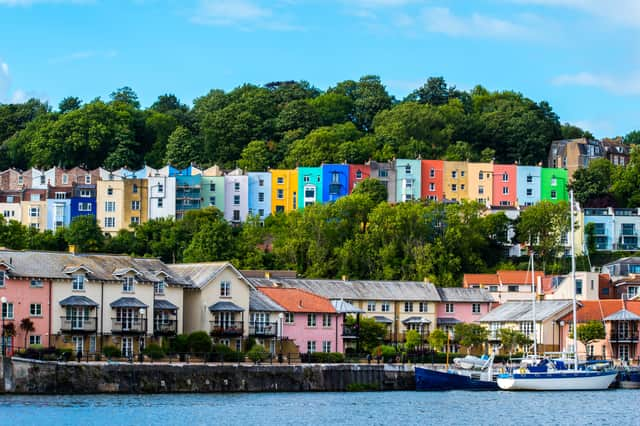

Bristol’s past is as rich in history as its present is rich in culture.
As a result, our vibrant city is home to some weird and wonderful facts that may surprise you.
The HMV dog was from Bristol
‘Nipper’ was a dog from Bristol who served as the model for an 1898 painting by Francis Burraud called His Master’s Voice. The image became the basis for one of the world’s best known trademarks, the famous dog-and-gramophone used perhaps most notably by HMV. Nipper was likely a mixed-breed dog, although early sources suggest that he was a Smooth Fox Terrier or a Jack Russell Terrier. He was called Nipper because he would often nip at the back of visitors’ legs.
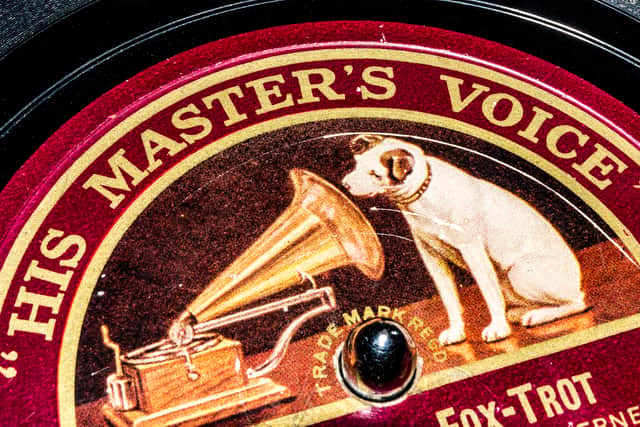

A woman once jumped off Clifton Suspension Bridge - and lived
Sarah Ann Henley was a 22-year-old barmaid from Easton who became famous in 1885 for surviving a suicide attempt by jumping off Clifton Suspension Bridge. Witnesses claimed that a ‘billowing effect’ created by an updraft of air beneath Sarah’s crinoline skirt slowed the pace of her fall, directing her away from the water towards the banks of the Avon. Although there is no evidence to confirm this, the story has nevertheless become a Bristol legend. Sarah went on to live a long life. She died at the age of 85 in 1948 and was buried at Avon View Cemetery.
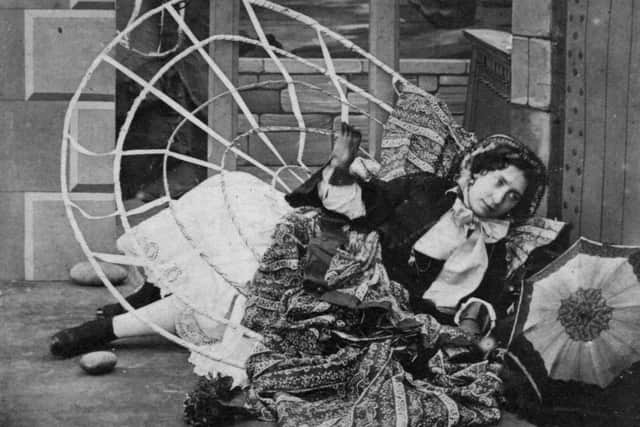

Bristol is the home of the most famous pirate in history, Blackbeard
Edward Teach, better known as Blackbeard, is believed to have been born in Bristol in 1680. Little is known about his life before his rise to Pirate captain. Blackbeard is probably best known for blockading the port of Charles Town in the Province of South Carolina - holding the town for ransom, capturing ships, cargo and sailors. It is thought he lit fuses in his long hair, giving him a frightening appearance. He was killed by Lieutenant Robert Maynard in a bloody battle at the mouth of the Okracoke Inlet in 1718, sustaining 20 wounds in a sword duel between the two men. Blackbeard’s severed head was erected on the prow of the Lieutenant Robert Maynard’s ship as a warning to other pirates in the area.


The first gender reassignment surgery took place in Bristol
Laurence Michael Dillon, who was born biologically female in 1915, was believed to be the world’s first female-to-male transgender person to undergo gender reassignment surgery. The first of his many operations began in Bristol Royal Infirmary in 1944. His extraordinary life included a brief relationship with Roberta Cowell, the first Bristish male-female transwoman. He later moved to India where he became a Buddhist monk.


Bristol has its own native plant
The Bristol Whitebeam, also known as karpatiosorbus bristoliensis, is a species of flowering plant in the family Rosaceae, or whitebeam trees. It can only be found in the Avon Gorge, on the side of the Downs and in Leigh Woods.
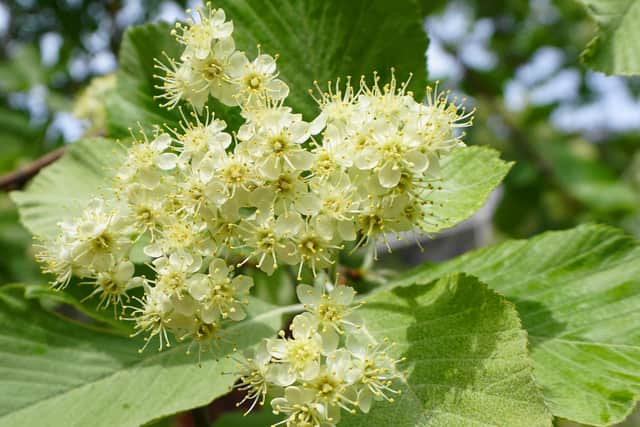

A book bound with human skin is on display in Bristol
John Horwood, from Bristol, was the first person to be publicly executed at Bristol’s New Gaol in 1821. The 18-year-old had been convicted of the murder of Eliza Balsum. Horwood’s corpse was dissected after his execution by surgeon Richard Smith during a lecture at Bristol Royal Infirmary. Smith later had part of Horwood’s skin tanned to bind a collection of papers about the murder. The front cover of the book was embossed with skulls and crossbones, with the words ‘the actual skin of John Horwood’ added in Latin. You can see the book on display at M Shed.
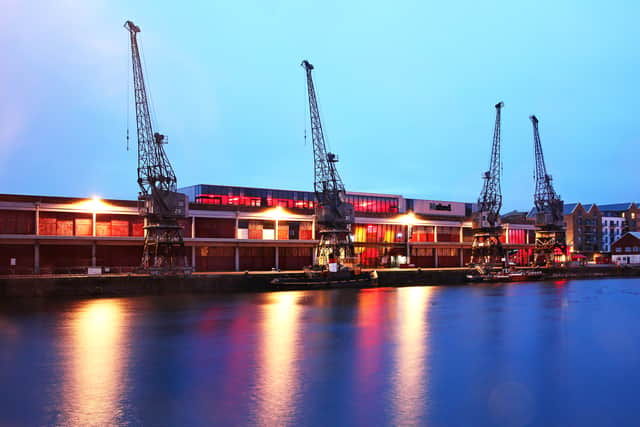

Darth Vader was from Bristol
Actor Dave Prowse, best known for playing Darth Vader in the original Star Wars trilogy, was from Bristol. He was brought up on the Southmead housing estate, gaining a scholarship to Bristol Grammar School. But Dave only played the physical form of the Sith Lord. He spoke the dialogue during filming, but George Lucas wanted a ‘darker voice’ than Dave’s jovial West Country accent and had James Earl Jones provide a more sinister voice for the character. In December 2020, a figure of Darth Vader appeared on the empty Edward Colston plinth in an apparent tribute to Dave after he passed away that month aged 85.
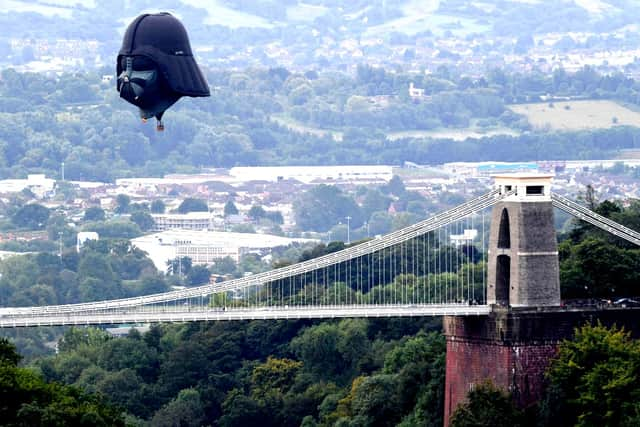

Ribena and chocolate bars were invented in Bristol
Ribena was invented at the University of Bristol by the scientist Dr Vernon Charley in 1936 as a blackcurrant cordial designed to be added to milk. It was originally seen as a health drink and, in World War II, was distributed to pregnant women and children as a source of Vitamin C. Bristol resident Joseph Fry is believed to be the first person to work out how to make liquid chocolate into bar form. The first solid chocolate bar put into production was made by his company J. S. Fry & Sons of in 1847.


Prisoners condemned to hang would have their last meal at Highbury Vaults Pub
These days, The Highbury Vaults pub is popular with locals and students alike for its cosy feel, but it has a rather dark past. In the 1800s, prisoners condemned to death often had their final meal in the pub before being executed at the gallows at the top of St Michael’s Hill. Steeped in history, the pub has barely been touched 180 years since its opening.
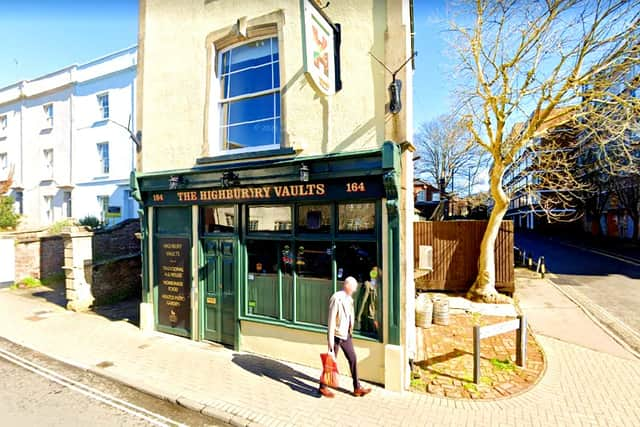

Bristol produces more hot air balloons than anywhere else in the world
Ask someone what springs to mind when they think of Bristol, and hot air balloons will feature high on the list. In fact, Cameron Balloons in Bedminster makes more hot balloons than anywhere else in the world. Every year Bristol has its own balloon festival to celebrate.
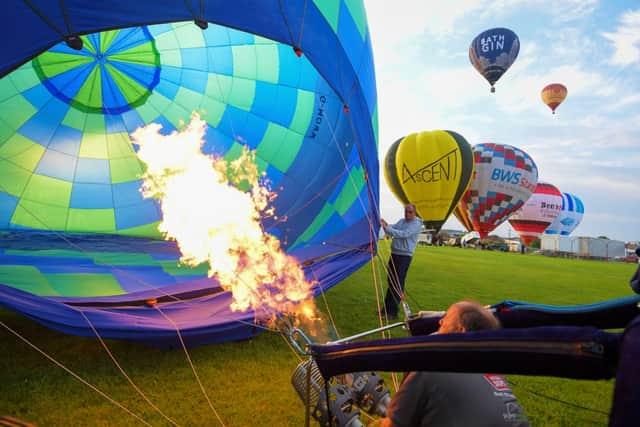

The world’s first bungee jump took place at Clifton Suspension Bridge
The world’s first ever bungee jump took place at Bristol’s very own Clifton Suspension Bridge on April 1, 1979 by members of the Oxford University Dangerous Sports Club. David Kirke jumped off the bridge in top hat and tails with champagne in his hand followed by Simon Keeling. Both men were arrested and promised never to attempt such a dangerous feat again, but went on to jump from the Golden Gate Bridge to the Royal Gorge Bridge in the US.
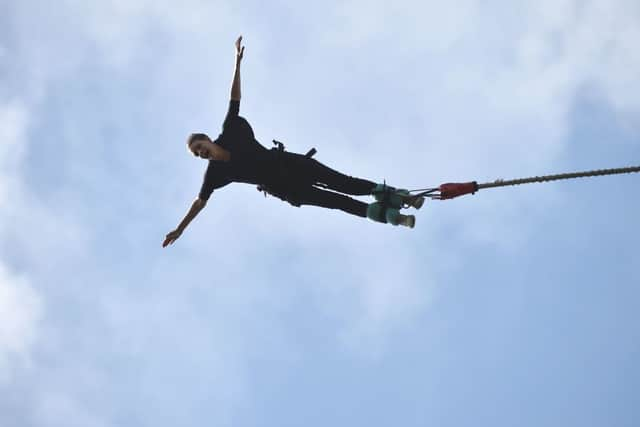

Bristol has its own leaning tower
Temple Church in Redcliffe leans at 2.7 degrees, which is just one degree less than the Leaning Tower of Pisa. The stunning 12th Century church was bombed and largely destroyed in the Bristol Blitz. It is now Grade II listed and owned by the Diocese of Bristol, with English Heritage maintaining a guardianship role.
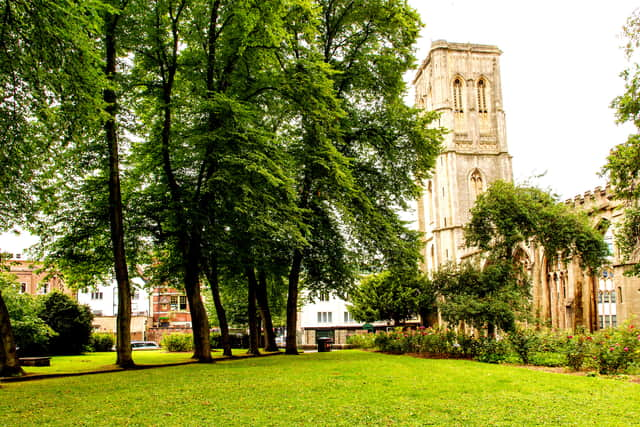

25% of the world’s nature documentaries are produced in Bristol
BBC Bristol produces an incredible 25 per cent of the world’s nature documentaries, many of them featuring the legendary Sir David Attenborough. The BBC natural history unit’s links to Bristol date back to the 1940s when Desmond Hawkins, a young producer, joined the West Region staff. His personal interest in natural histoy led to a radio series called The Naturalist which which began on the Home Service in 1946 and proved an immediate success. Hawkins then set about translating this success to the developing medium of television.


There was an unexplained ‘hum’ in Bristol in 1979
In the late 1970s a strange noise that was only audible at night sparked hundreds of complaints from residents to Bristol City Council. Most experts put the mystery ‘hum’ down to factory noise, tinnitus or electricity pylons - but others chimed in that perhaps flying saucers or secret military activity were to blame. The ‘hum’ stopped as quickly as it began, although there are some Bristolians still claimed to be plagued by the noise to this day.


Bristol has its own timezone
You might have noticed that the Exchange building on Corn Street shows two times. The black minute hand shows London time (now GMT), and the red hand shows Bristol time. This was before time was standardised across the UK to accomodate railway schedules.